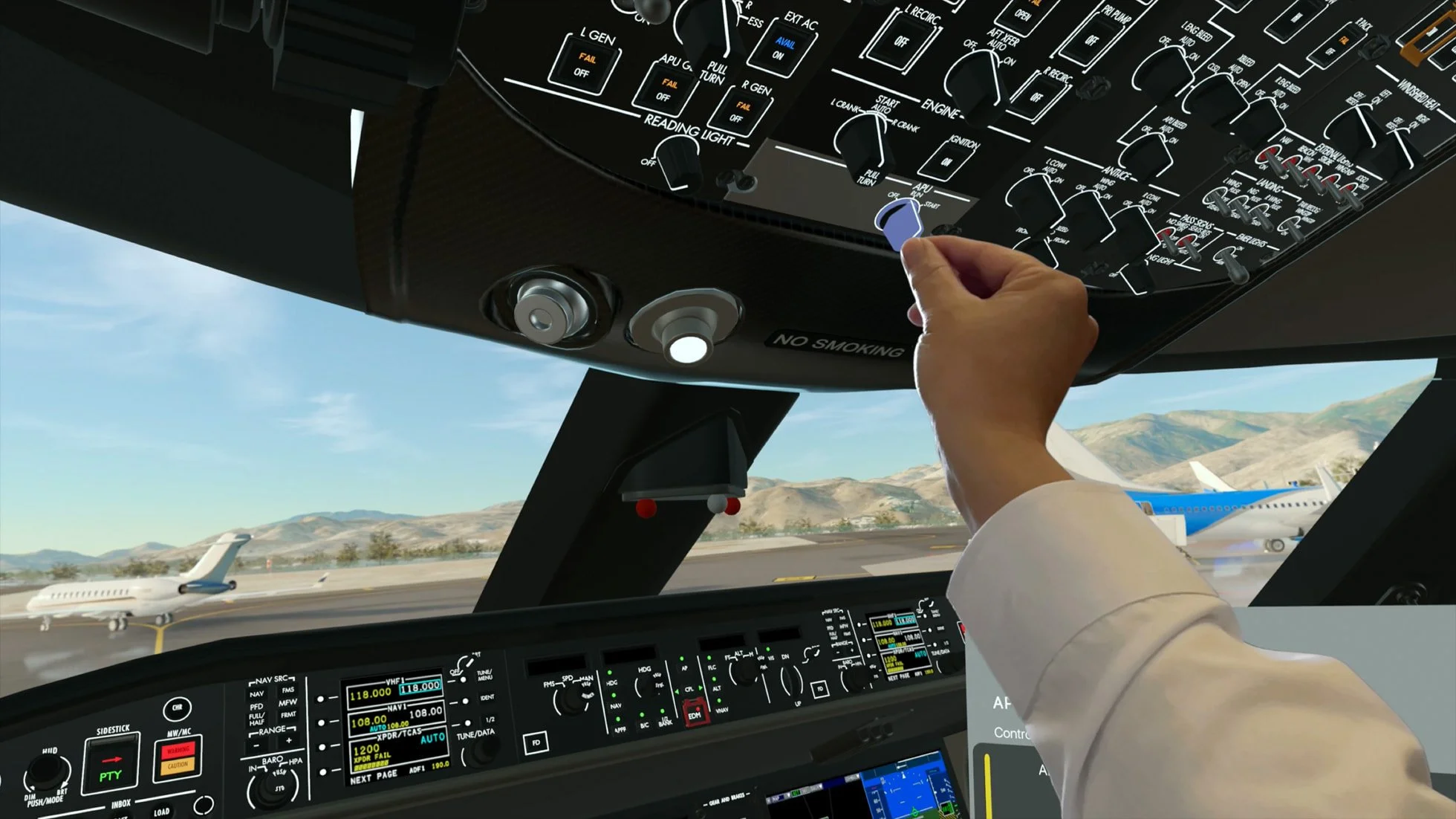Apple Upgrades Vision Pro With M5 Chip and New Dual Knit Band
Apple is upgrading the Apple Vision Pro, powered by an all-new chip, the M5 Chip. Apple promises that it has better performance, longer battery life, and improved visuals.
The M5 Chip in the new Vision Pro brings faster performance and more responsive system interaction. The chip is built on a 3D-noanomeater technology with a 10-core CPU and GPU, supporting ray tracing and mesh shading. All of this makes for smoother app load time, sharper text, and increased pixel rendering. The M5 also works with the R1 chip for real-time camera and sensor processing. With all of this, the Vison Pro actually gets a better battery like with up to 3 hours of video playback on a single charge.
With the 16-core Neural Engine, the Vision Pro now has better AI, with speeds upgraded to 50% faster for system features, and up to 2x faster for apps. It also supports the Apple Foundation Models framework, which improves on-device AI performance. An example is how the JigSpace app lets users explore data and 3D models through natural language and spatial computing. It opens the door for new developer innovation in visualization and enterprise use cases.
With the new Dual Knit Band coming, it aims for better comfort and adjustability. It is designed with 3D-knit fabric for breathability, flexibility, and support. The new FIT Dial allows precise adjustments for individual users, and it also comes in multiple sizes, compared to older Vision Pro models.
The new Vision Pro comes with VisionOS 26 out of the box, which brings thing-like widgets, lifelike personas, and immersive spatial photo scenes. It also adds support for 180° and 360° videos from Canon, GoPro, and Insta360. The new operating system also expands entertainment with over 1 million apps, new movies, and upcoming Apple Immersive experiences. Games will benefit too with 120Hz refresh rates, Spatial Audio, and new controller support, including PlayStation VR2 Sense controllers.
Professionals can use Vision Pro for creation, design, and training workflows with apps like Crayon, Pixelmator, and Keynote. Companies like Porsche and CAE already use the Vision Pro for visualization and simulation.
The new Vision Pro starts at the normal huge sum of $3,599 and is available in multiple storage options. Optional accessories include ZEISS inserts, the Dual Knit Band, Logitech Muse stylus, and AppleCare+ protection.
Is Apple’s M5 chip upgrade enough to push spatial computing forward? Would you pay $3,499 for a more powerful Vision Pro, or even for just a Vision Pro? Do you think Apple’s AI and comfort upgrades make the Vision Pro more practical? What would make you try a Vision Pro headset for the first time? Let us know in the comments!
Images and Source: Apple






